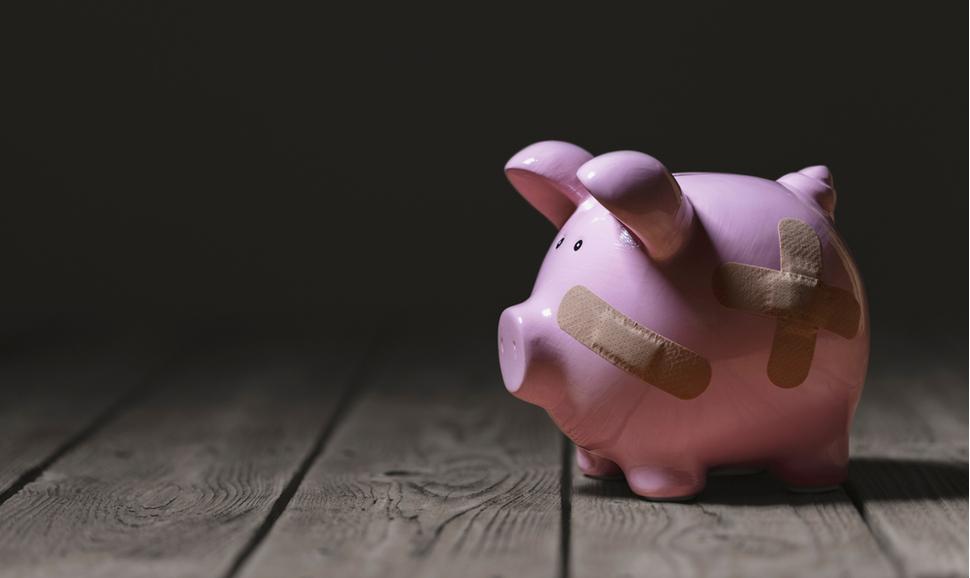
This month, delegations from nearly 200 countries have been meeting in Dubai for the United Nations’ COP28 Climate Summit, focused on addressing the root causes of human-caused climate change. So far, nearly USD 62 billion has been committed to climate finance, and we’ve seen commitments made through six new COP28 Declarations – including climate and health, sustainable agriculture and resilient food systems, and a coalition for high-ambition, multi-level partnerships.
The ongoing dialogue this month makes me think back to an op-ed from a couple of years ago leading up to COP26, co-authored by the World Economic Forum and Circle Economy, entitled “Want to fix the climate, fix the economy”. The article explored the importance of moving to a circular economy to address the climate impacts from our current linear production and consumption practices and supply chains.
How can we potentially redesign our market-based economy in a way so that it does not cause environmental and societal damage, while harnessing the levers of power as forces for good?
An interesting proposition was put forward by Ken Webster, Fellow at Cranfield University and the former Head of Innovation at the Ellen MacArthur Foundation, who spoke at our Canadian Circular Economy Summit this past June. If you missed his thought-provoking Keynote, you can watch it here.
In short, Ken’s argument is that the economy of the future should be one that draws on systems thinking, supporting resource and material circulation rather than extraction, and the economics to support this. But what exactly does he mean by this?
Recognizing that the axis of power in our global economy today lies largely with major multinational corporations, as well as within the real estate and finance sectors, we need to find ways to make the concept of a circular economy more attractive for these actors. This could look like engaging in ‘product as a service’ and ‘materials as a service’ models, which generate greater profits from – as well as extending the life of – the existing materials and resources in circulation.
However, Ken makes the important point that to really ensure the environmental and social benefits coming from these new economic models are equally distributed amongst society and not just to the players in power, dividends must flow back into the economic cycle.
While I recognize that Ken’s model is not one we’ll likely shift to overnight, is it one worth exploring, even if only in a few sectors, products, or material streams to begin with? Is it this kind of radical thinking that will be needed to truly address our climate and broader environmental crises? What other models should be considered? Let me know your thoughts!
Interested in reading more? Check out our most recent blog: Redesigning for a Future-fit Economy: What will it take?
Join our mailing list